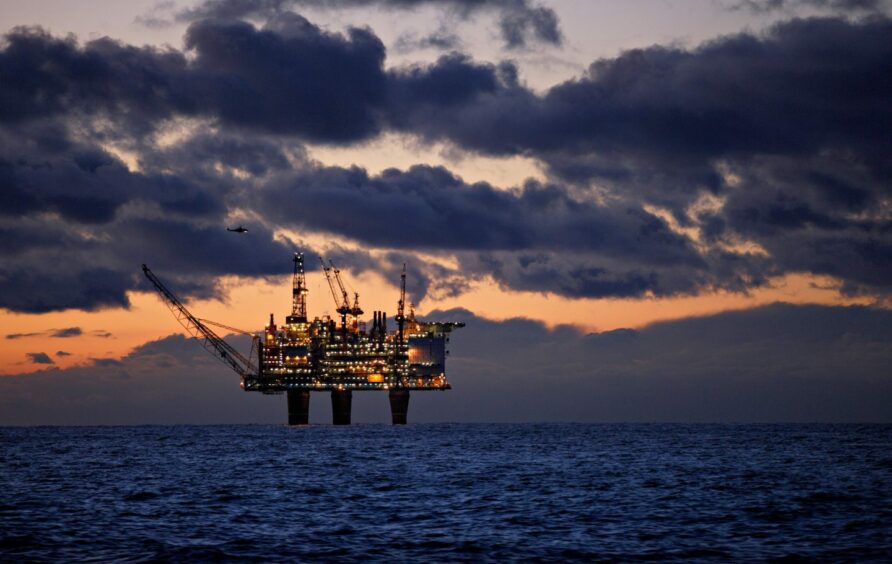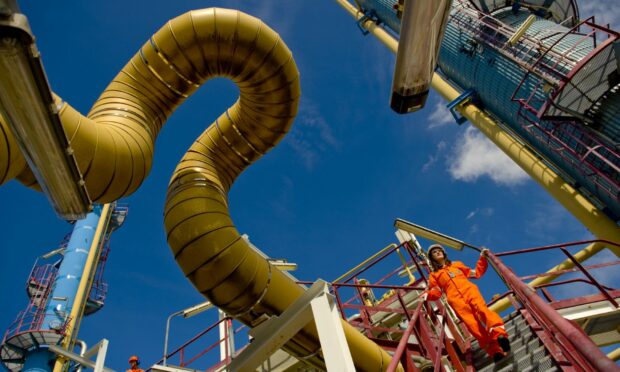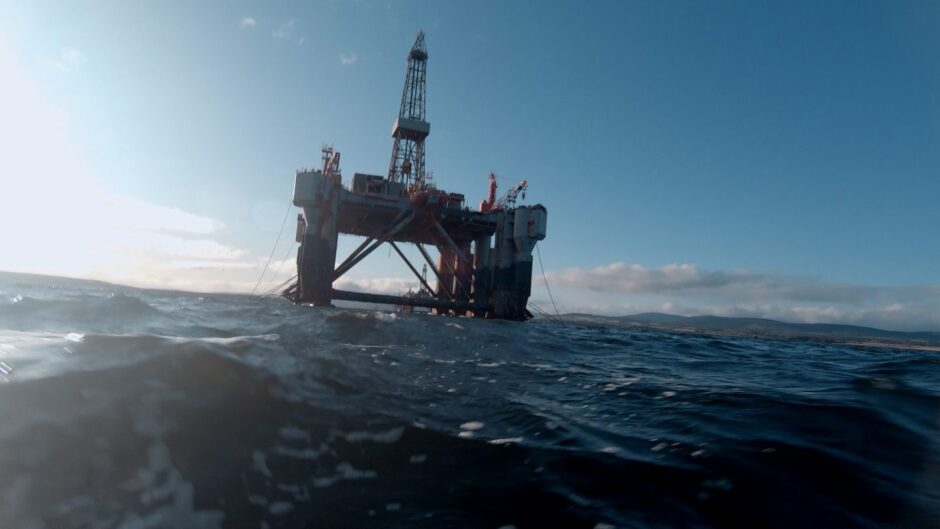For the first time ever, the UK shelled out more than £100 billion on annual energy imports in 2022.
Last year’s £117 billion bill is also more than double 2021’s total of £54 billion, according to data in a new report from Offshore Energies UK (OEUK).
And there are warnings that UK consumers and businesses could face similar import costs again in 2023, especially if there’s no change to the government’s North Sea windfall tax.
The stark findings are included in OEUK’s latest business outlook report, due to be published on March 28, and come as MPs prepare to debate the “energy trilemma” in the House of Commons Thursday.
According to the study, last year’s energy import bill equates to £4,200 for every UK household.
Global inflation up, pound down
OEUK says the huge increase was driven partly by global price rises, linked to Russia’s invasion of Ukraine, as well as inflation and higher worldwide demand for oil and gas post-pandemic.
The weakness of the UK economy and sterling has also been flagged as a key factor, because a barrel of oil is valued in US dollars.
Ross Dornan, OEUK’s markets intelligence manager, who led the team that wrote this year’s business outlook report, said: “What these figures show is the risk and cost of relying on other countries for our energy security – and how far we are from reducing that reliance.
“About three quarters of the UK’s total energy comes from oil and gas – a proportion that has stayed constant for many years.
“We now rely on other countries for about half that supply, a proportion that will increase rapidly, especially if North Sea production is allowed to decline faster than UK consumption. The UK is on a three-decade journey to net zero and self-reliance but that needs long-term planning to reduce the demand for oil and gas.
“The UK has nearly 24 million homes heated by gas – which also fuels the power stations that provide 43% of our electricity. We also have 32 million cars fuelled by petrol and diesel. We can replace that infrastructure and those vehicles with low carbon alternatives, but it will take years during which we will still need oil and gas to keep our homes warm, keep the lights on and keep our roads moving.
“Our report argues that it will be better for our energy security and for the economy, to get as much of that oil and gas from our own North Sea as we can – rather than import it.”
Gas imports from Norway hit £41 billion
In 2022, the UK spent about £63 billion on crude oil, petrol, diesel, and other oil-based fuels, with another £49 billion going on gas.
The rest was paid on imports of coal and electricity, for a total of £117 billion.
The ONS data shows that energy imports from Norway alone went from £13 billion in 2019 to £41 billion in 2022.
For comparison, in 2019, the UK spent £48 billion on total energy imports, roughly around £1,700 for every household.
About £40 billion of that was on oil, £7 billion on gas, and the remaining £1 billion on coal and electricity.

OEUK’s figures were extracted from the latest data on the gross cost of commodity imports, published recently by the UK Government’s Office for National Statistics (ONS).
The ONS data shows that energy imports from Norway alone went from £13 billion in 2019 to £41 billion in 2022.
Moreover, the UK now relies on the Nordic country for more than 30% of its gas.
Drawbacks of energy from abroad
Looking to the future, the report will warn the UK’s reliance on foreign sources of energy risks similarly eye-watering bills in the coming years.
It will also make the case for the North Sea being the bedrock of the nation’s energy security, currently through oil and gas production, but with a growing focus on low carbon sources.
“The UK has been a net importer of energy since 2004, meaning that the country uses more energy than it can supply from domestic resources, so it relies on other countries to meet its energy needs,” the report states.
“Being so reliant on other countries for our energy leaves the UK exposed to disruptions to supply, and volatility in international markets. Last year for instance the overall cost of fuel imports doubled to £117 billion.”
Enough in UK North Sea for 30 years
According to analysis carried out by OEUK, the UK North Sea still holds oil and gas reserves equivalent to 15 billion barrels of oil.
That is enough to support the nation’s needs for the three decades required to build out offshore wind capacity, as well as other low carbon energy systems like carbon capture and storage and hydrogen.
David Whitehouse, OEUK’s chief executive, said: “The windfall tax levied last year, now means UK offshore oil and gas operators are paying a total tax rate of 75%, one of the highest rates in the world and over three times the rate of conventional UK businesses. This level of tax discourages investment and undermines our companies, our jobs and our communities.
“As our Business Outlook report will show, many offshore operators are already cutting North Sea investment because of those taxes. That means oil and gas production will fall, we’ll lose skilled workers – and imports will have to increase to make up for the lost production.
“Almost 40% of our domestic and industrial energy needs are met by natural gas, and the North Sea basin and wider UK Continental Shelf provides close to half of that total. It is only because of this vital resource and our offshore work force that we are not reliant on Russian imports of gas.
“As a result of the war in Ukraine, we have seen a period of huge price volatility but when prices fall, the windfall tax should go. We have a great British energy industry of our own, but its future depends on moving back to a fair, balanced, and predictable tax regime and the continued issuing of exploration licences.
“Otherwise, energy import bills exceeding £100 billion-plus will become a regular event – that’s money flowing out of UK homes and businesses to support the jobs, industries, and economies of other countries. The whole of the UK will be all the poorer for it. We surely cannot allow that.”
Calls to get off gas
But climate activists claim the stats underline the need for the UK to get off oil and gas as soon as possible.
Tessa Khan, executive director of campaign group Uplift, says the real choice is not between home grown energy or imports, but hydrocarbons or renewables.
She said: “This won’t be news to anyone looking at their fuel costs. The central reason we spent so much on energy is because of the eye-watering price of gas.
“More UK oil and gas won’t change the price we pay. What this clearly shows is how urgently the UK needs to move away from its continued dependency on fossil fuels.
“The industry will have you believe that the choice facing this country is between North Sea oil and gas or imports.
“However, the real choice is between our continued reliance on expensive and polluting fossil fuels and shifting onto cheaper, cleaner homegrown renewables. Of course, oil and gas companies want us to stay hooked on their product. Overwhelmingly, though, the majority of the public support the latter.
“The truth is that the UK exports 80% of all North Sea oil and the vast majority of what’s left in the basin is oil, not gas. The industry will spin the line that the windfall tax will lead to increased imports, when it’s actually just geology.”





Conversation